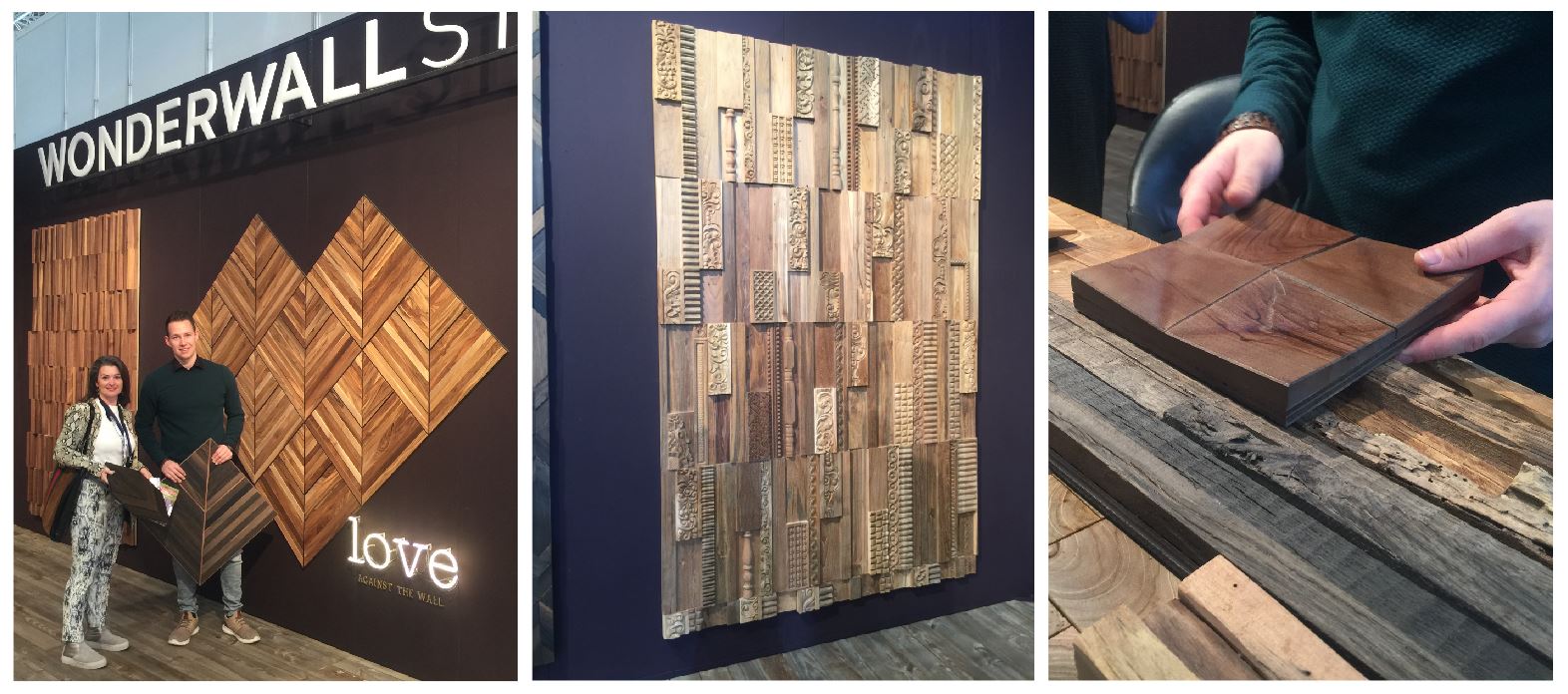After attending the BAU conference, the world’s leading trade fair for architecture, materials and systems last January, I was overwhelmed with the scale and variety of new construction technologies and natural sustainable materials. Here are some of the most inspiring architectural and interior design trends that I hope to bring to CORE clients this year:
Wood, wood, everywhere
Wood in different forms and shapes is trending (again). Compared to traditional building materials of the last century, like steel and concrete, wood is still far from being a mainstream material. But there are a lot of innovations and new opportunities making it one of today’s top favorite sustainable material for commercial and residential properties of any size, including high-rise buildings.

One wood material, elements of bespoke prefabricated cross-laminated timber (CLT), is gathering a lot of attention as a great sustainable product. CLT is made of layers of solid-sawn, all oriented at right angles to one another and then glued together to forum stable structural panels. It is a material that is very well known in our industry. But what is new is the fact that the CLT material is now combined with big laser-cutter technology, allowing factories to “laser print” wooden CLT elements according to architectural plans, therefore providing cut-outs for piping, cabling, windows as well as insulation material. The element walls are then delivered on site easily by van for assembly. This makes the building of a small house in three weeks a real possibility.
I was particularly impressed with the innovative wood products from Netherlands-based WanterWall Studios, a talented team that specializes in producing paneling from salvaged woods. Their bog oak, as an example, makes use of peat, or turf, which is a build-up of decaying organic matter. The result: elegant panels of rich, dark shades of brown and intense blacks.
CORE partner for ecological wooden buildings, Lignotrend, were in full force at BAU and their creative surfaces on display reconfirmed the multi-functionality and efficiency of construction timber.
Technology and smart homes
Technology was everywehre in BAU with wide and varied application, including with the traditional material wood for smart homes.
Apps that allow people to open the entrance door of their homes in Munich while standing in New York, and the wide spread use of wireless technologies for remote heating and lighting, even in older buildings, are other examples. Digital disruprtion was also found in roofs, with digital monitoring of energy consumption, humidity temperature, even leaks, becoming more mainstream.

High-tech materials with 3D effects were also very visible and promise to proliferate in residential real estate this year. Hybrid construction materials, including the use of nanomaterials, now offer more durable and environmentally friendly construction materials, and are becoming more accessible.
Electric shutters, electric sliding doors, electric mosquito nets are also trending, with slim lines and frames and automatic functionality creating a seamless use experience.
Electric shutters that automatically open and close according to the position of the sun, as seen in BAU.
Special surfaces
I was particularly fascinated by the innovative special surfaces and cladding on display at BAU. Concrete surfaces with imbedded lighting and plugs, acoustic art panels as well as garage gates that were almost invisible to the naked eye and integrated in the façade are some of the examples.

An organic staircase, a transformation of recycled and reused wood into a work of art, was a truly inspiring masterpiece also on display at BAU and shows the potential of using leftover material In construction and interior design.
I can go on all day, but these are my top picks. Any other trends that are inspiring you?


